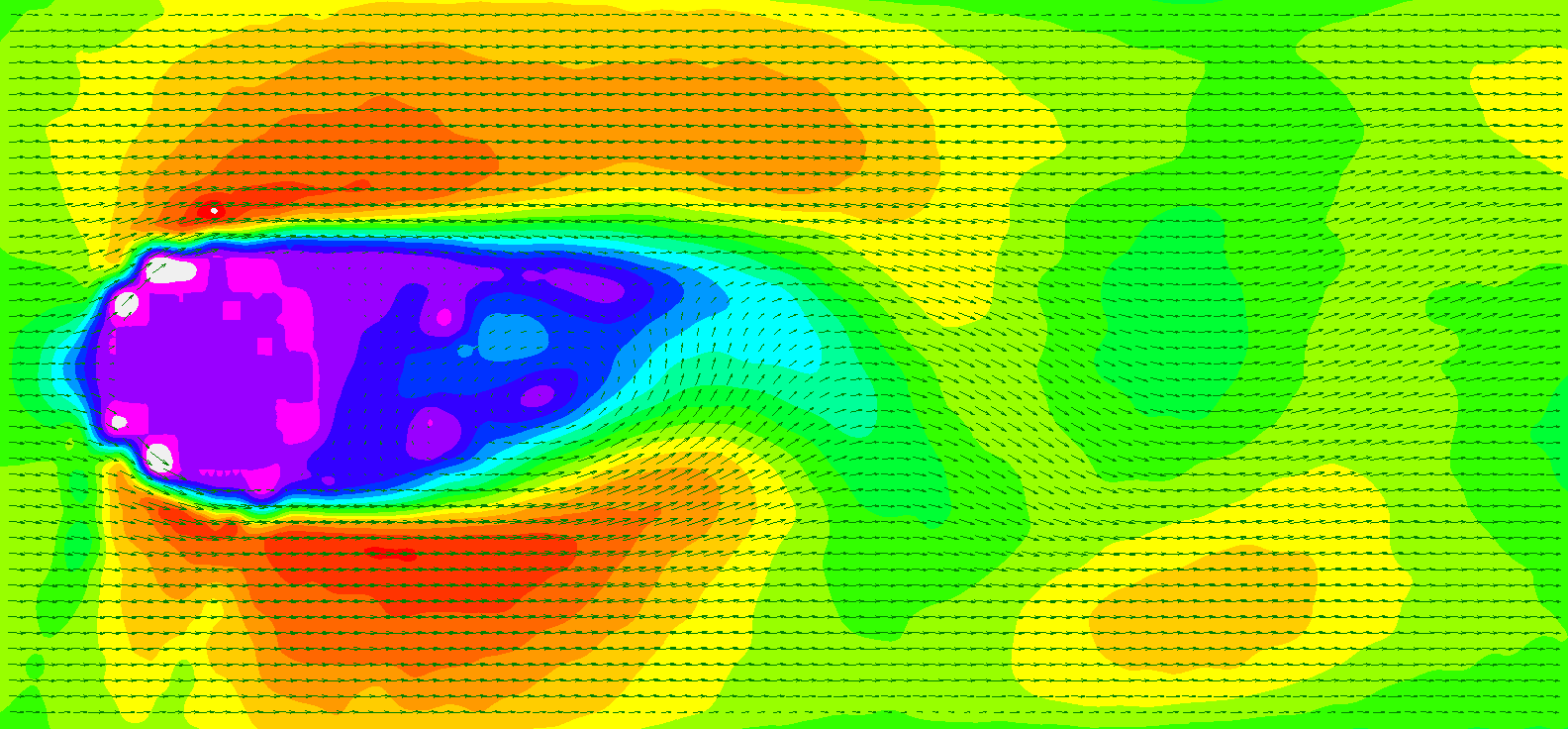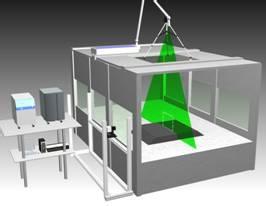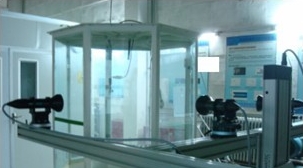Products & Solutions
Measurment System
Correlations for both measurement and simulation are critical to ensure high confidence in the results.
Any virtual simulation is dependent on the assumptions used to create the analytical model, and its environment. An important and mandatory step in the process is the correlation between the virtual model and the final validation tests. This aims to check the accuracy. It should be noted that correlation is not something that is just done at the end of the process, but rather at different stages of this process:
- Correlate virtual and measured loads
- Correlate calculated and measured responses ( comparing for example flow velocity, structure vibration measurements with virtual results)
- Correction model in comparision to measuremrnt

In the past few years, we have helped users establish various measurement systems, such as flow field testing, vibration testing, spray & atomization testing, laser-induced combustion testing, etc., and calibrated the simulation model based on the test results.
Typical Principle of PIV:
In the flow field, a large number of tracer particles are scattered to follow the flow field. The laser beam is expanded into a piece of light through the combination lens and injected into the flow field. The digital camera is used to capture the flow field picture, and the two frames of the particle image are obtained. The image is The particles are subjected to cross-correlation calculations to obtain a constant velocity distribution of the flow field a slice, and the distribution of the flow field characteristic parameters such as vortices, streamlines, and constant velocity lines of the flow field can be further processed.

3D-PDA:
According to the laser Doppler effect, when a laser beam is irradiated to a spray particle that moves along with the fluid, the Doppler frequency shift proportional to the fluid velocity can be obtained by comparing the scattering of the particle, the scattered light, and the frequency of the incident light. To collect frequency shift information, the same laser light source is usually split into two beams and collected to the measurement volume. Due to the coherence of the laser light, the two beams interfere in the focal region and form interference fringes. When the particle passes through the body to be measured, the cutting interference fringes are frequency shifted, and the frequency of the particles in the direction can be obtained by collecting the frequency shift.

What we support:
Our engineers have years of experience in application support of measurement systems in fluids and in structures. We provide users with the following services:
|
||